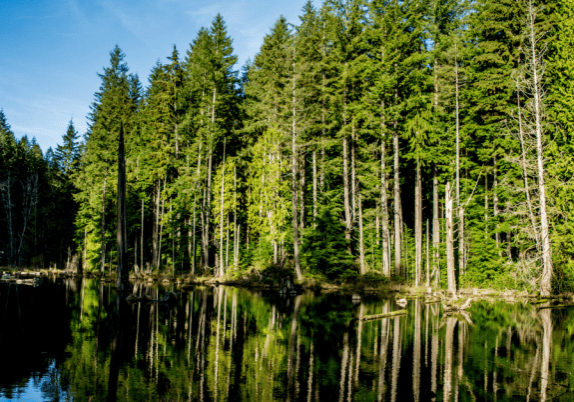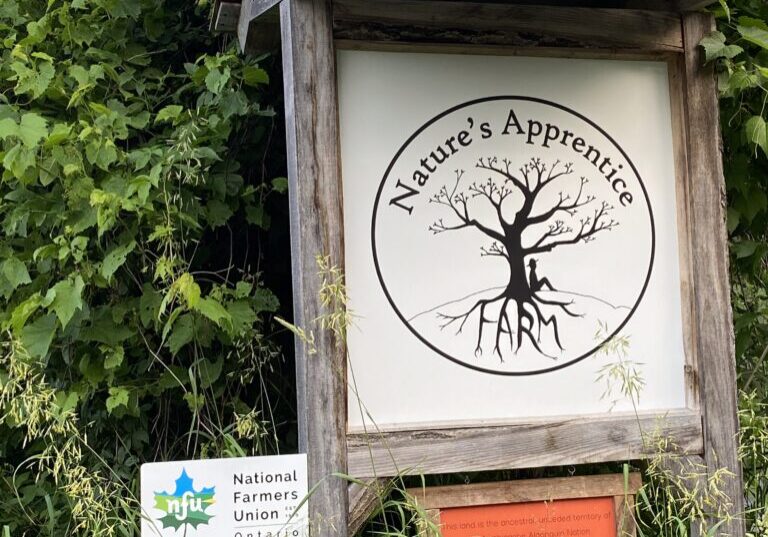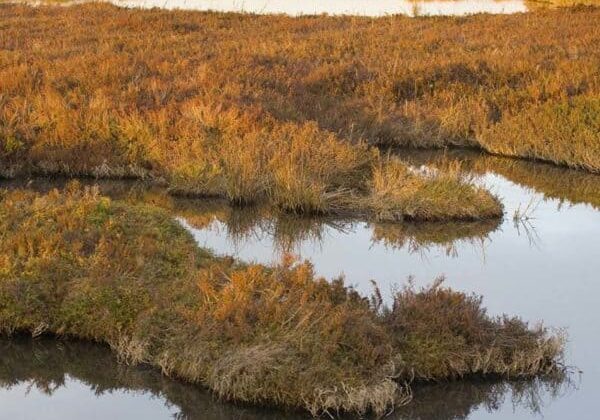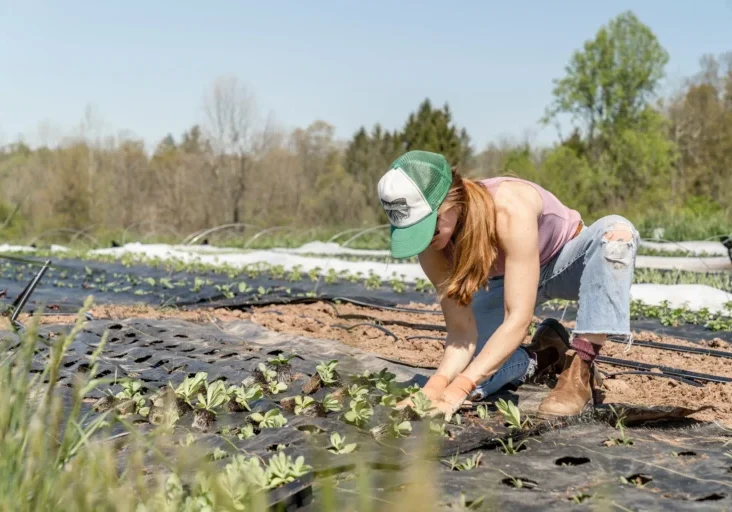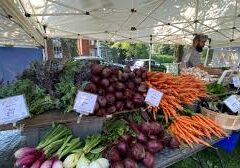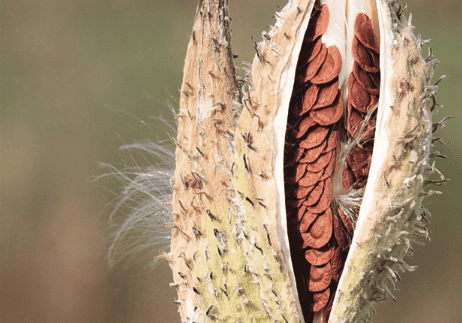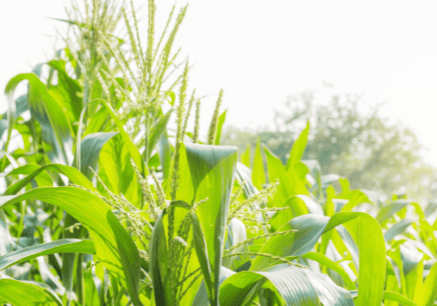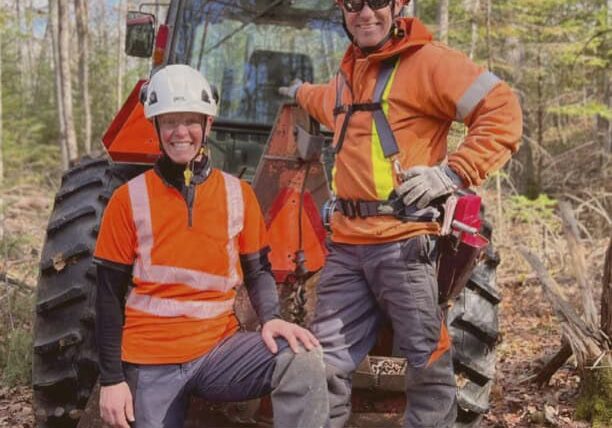Persephone Farm & Market Garden: A Living Laboratory for Regenerative Agriculture
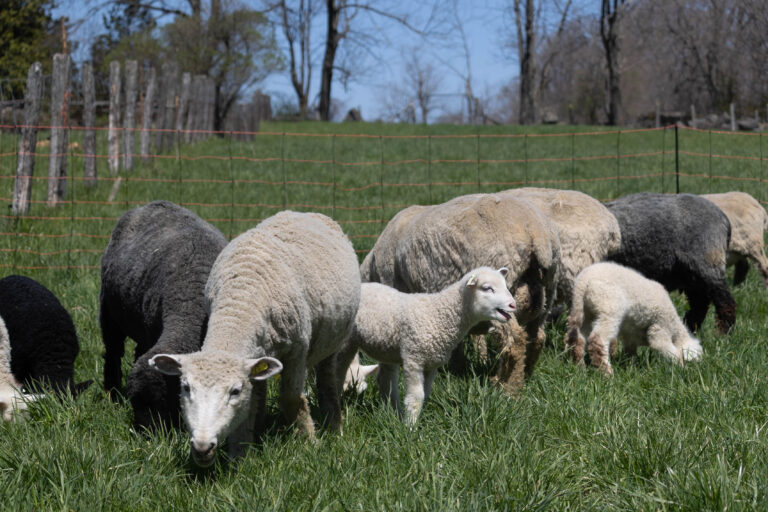
National Farmers Union – Ontario Newsletter
The Rural Voice | August 2025
In today’s dynamically changing world, farming is forced to balance pressures around profitability and productivity, market-imposed demands, the need for resilience to ever-weirdening weather —all while preserving fertile soils and rich biodiversity. “We’re at a crossroads where every decision affects not just today’s harvest but a rewarding connection with the land that we steward, and the legacy we leave for tomorrow,” explains Thorsten Arnold, co-steward of Persephone Farm & Market Garden. At Persephone, our tillage-based approach has given way to innovative methods that re-balance ecological health via no-till organic market gardening, regenerative grazing, wetland restoration, and other ecosystem restoration. The owners are humbled by how this new balance creates resilience, healthy plants, and abundant crops of superior quality.
The journey of Persephone Farm began in Grey County when Thorsten and his wife, Kristine Hammel, discovered a piece of land nested into the back county. “When we first arrived, the land whispered possibilities,” recalls Thorsten. After struggling with how variable weather stressed their production, Kristine embraced a “soil-first” approach: no tillage whatsoever, and instead a focus on plant diversity, critical habitat provision, compost for returning microbial abundance, cover cropping, and perennial pollinator strips. Kristine emphasizes, “Healthy soils are the bedrock of a resilient farm. First, we had to stop killing as a means to exert control, and re-position ourselves as caretakers who nudge along a complex living system with caution and humility. We allowed the soil to heal so that plants could thrive naturally. And holy moly, soil and plants responded!”
A pivotal project at Persephone was the recovery of a seasonal wetland where our pasture-turned-field had a persistent flooding problem. It is now an ecological haven! The team excavated a pond with varied depths and introduced native plants that invite wildlife – dragonflies and frogs, turtles and so many birds, including heron. Weasels, snakes, and toads help keep rodents down – a particular challenge in no-till organic veggie production. “Observing a wetland come to life was nothing short of magical, and we are grateful to the support from Carrot Cache and ALUS” says Thorsten. Equally transformative was the conversion of a marginal pasture into an emerging Carolinian-inspired nut savannah, supported by a grant from the Species at Risk Farm Incentive Program (SARFIP). With 400 nut trees, oaks, and berry bushes planted, the orchard stands as a commitment to future generations. “That orchard isn’t just about trees—it represents our promise to the land,” Thorsten explains. Additional projects, such as converting hayfields into rotational pastures and transforming a pine monoculture into a diverse woodland, collectively create a mosaic of resilience and renewal across the property.
Persephone envisions this work to extend beyond the property boundaries, serving as a blueprint for the wider Grey Bruce region—a landscape once defined by vibrant meadows, tree stands, wetlands, and rich biodiversity. The 2000s have seen the increasing conversion by industrial farming and speculative land investments. “We’re witnessing a dramatic transformation,” observes Thorsten. “Where once the landscape teemed with life, today’s expansive fields and drained wetlands displace entire ecosystems. This leaves our region more vulnerable to climate extremes.” Kristine and Thorsten hope that Persephone’s practices will inspire landowners across the region to embrace regenerative methods that restore not only individual properties, but the broader landscape.
Persephone Farm now offers tours and experiences that showcase regenerative agriculture. The Regenerative Farming for Health Tour invites families and food enthusiasts to explore the market garden, experience ethical animal management, and witness organic no-till practices. “Every tour is an open conversation about how nature and agriculture can coexist harmoniously if we choose care over control,” notes Thorsten. Guests engage with hands-on activities, ask questions, and leave with a deeper understanding of the delicate balance between soil, plants, and climate.
For those managing their own properties, the Ecosystem Stewardship for Landowners Tour provides an in-depth look at key restoration projects—reflecting on wetland restoration, nut savanna planting, woodland renewal, and pasture diversification. “This tour is where science meets practical application,” explains Thorsten, emphasizing that the detailed discussions on costs, maintenance, and benefits offer landowners a clear roadmap for implementing similar initiatives.
Beyond cultivating the land, Persephone’s impact extends through its consulting and education practice. Thorsten offers guidance to farmers, landowners, and community groups interested in ecosystem restoration for local food systems. “Consulting allows me to share our journey—both the successes and the challenges—and help those who feel excited about orchestrating living ecosystems a few of the pitfalls,” he explains. “I want to demystify grant applications and help others with strategic restoration planning”. Kristine offers courses in Nature Journaling, a practice of observation that fosters curiosity and care. She also offers gardening workshops to backyard farmers, and cut-your-own flowers experiences.
The lessons from Persephone Farm & Market Garden offer a beacon of hope amid today’s environmental challenges. Each project can inspire a broader movement toward ecological resilience. “We work with nature, not against it,” affirms Thorsten. “And nature thanks us by solving our problems before they even emerge”. Prospective visitors, landowners, and partners are invited to join Persephone’s mission—together, building a legacy of care, resilience, and innovation for generations to come.
